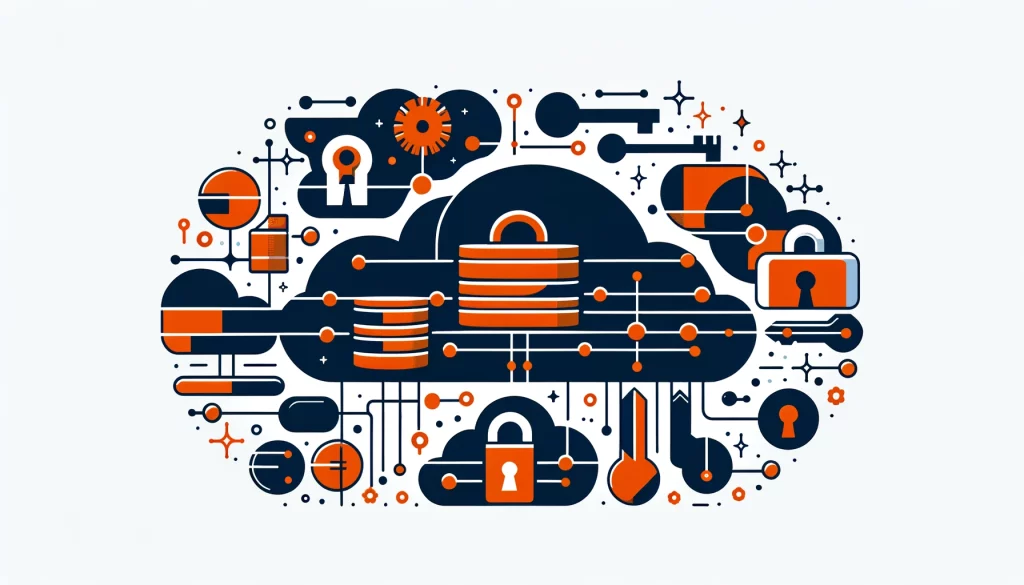
MariaDB Encryption

Introduction
In today’s digital landscape, data security is of utmost importance. Protecting sensitive data in databases is important because of rising cyber threats and data breaches. MariaDB, a popular open-source relational database management system, offers robust encryption features to safeguard your data. This article will discuss MariaDB Encryption basics.
Also, it will address potential threats and breaches. We will provide code examples to assist you in setting up encryption in MariaDB.
Understanding MariaDB Encryption
MariaDB Encryption is a set of features that allows you to encrypt sensitive data at rest and in transit. It provides various encryption options, including data-at-rest encryption, transaction-log encryption, and network encryption. Encrypting your data helps to keep it safe from unauthorized access, even if hackers compromise storage devices or backups.
MariaDB supports different encryption algorithms, such as AES (Advanced Encryption Standard), which many consider secure and widely used. It also provides key management functionality to securely store and manage the encryption keys.
Threads and Breaches in MariaDB
Like any database system, MariaDB is not immune to security threats. Some common threats and breaches that can occur include:
- Unauthorized Access: If someone hacks into your MariaDB server, they could see or change important data.
- SQL Injection: SQL injection attacks involve inserting malicious SQL statements into application queries, potentially allowing attackers to access or modify data.
- Insider Threats: Untrustworthy employees with database access can pose a significant risk by stealing or leaking important information.
- Unpatched Vulnerabilities: Not updating your MariaDB server with the latest security patches can make it open to known attacks.
To reduce these risks, it is important to use security measures like encryption, access controls, and regular updates.
Configuring Encryption in MariaDB
To configure encryption in MariaDB, you need to follow a few steps:
Enable Data-at-Rest Encryption: MariaDB supports table-level and tablespace-level encryption. To enable table-level encryption, use the ENCRYPTED keyword when creating a table:
sql
CREATE TABLE sensitive_data ( id INT PRIMARY KEY, name VARCHAR(100), credit_card VARCHAR(16) ) ENCRYPTED=YES;
- For tablespace-level encryption, create an encrypted tablespace:
sql
CREATE TABLESPACE encrypted_ts ADD DATAFILE 'encrypted_data.ibd' ENCRYPTION='Y';
- Enable Transaction-Log Encryption: To encrypt the transaction logs, set the innodb_encrypt_log system variable to ON:
sql
SET GLOBAL innodb_encrypt_log=ON;
- Enable Network Encryption: MariaDB supports SSL/TLS encryption for network communication. To enable it, configure the server with the appropriate SSL/TLS certificates and key files.
MariaDB Field Level Security
MariaDB Field Level Security is an extension that provides additional security features. It allows you to define column-level access controls and data masking rules. Data masking involves replacing sensitive data with fictitious but realistic data to protect it from unauthorized access.
To use MariaDB Field Level Security, you need to install the extension and configure the rules for each column. Here’s an example:
sql
INSTALL SONAME 'field_level_security'; CREATE FUNCTION my_mask RETURNS STRING SONAME 'field_level_security.so'; CREATE TABLE customers ( id INT PRIMARY KEY, name VARCHAR(100), email VARCHAR(100) CONSTRAINT email_mask CHECK (my_mask(email) LIKE '%@%') );
In this example, we use the my_mask function to ensure that the email column always has a valid email format.
Security Aspects of MariaDB Encryption
Implementing encryption in MariaDB significantly enhances the security of your data. Here are some key security aspects to consider:
- Encryption Algorithms: To keep your data safe, use strong encryption like AES with a key size of AES-256.
- Key Management: Securely manage the encryption keys. Store them in a separate location from the encrypted data and restrict access to authorized personnel only.
- Backup and Recovery: Ensure that your backup and recovery processes take encryption into account. Encrypt backups and securely store the encryption keys.
- Access Controls: Implement strict access controls and authentication mechanisms to prevent unauthorized access to the encrypted data.
- Regular Updates: Don’t forget to update your MariaDB server regularly for security to protect against vulnerabilities.
Conclusion
MariaDB Encryption provides a robust set of features to secure your sensitive data. To improve your database security, learn about encryption, watch for threats, and set up encryption in MariaDB correctly.
Remember to consider various security aspects, such as encryption algorithms, key management, access controls, and regular updates. Additionally, tools like MariaDB Field Level Security and data masking can further strengthen your data protection measures.
For exceptional and flexible tools for data management, including security, audit rules, masking, and compliance, consider exploring the offerings of DataSunrise. Their team provides comprehensive solutions to safeguard your data. Visit the DataSunrise website and request an online demo to learn more about our products and services.
By implementing encryption and following best practices, you can ensure the confidentiality, integrity, and availability of your data stored in MariaDB.
